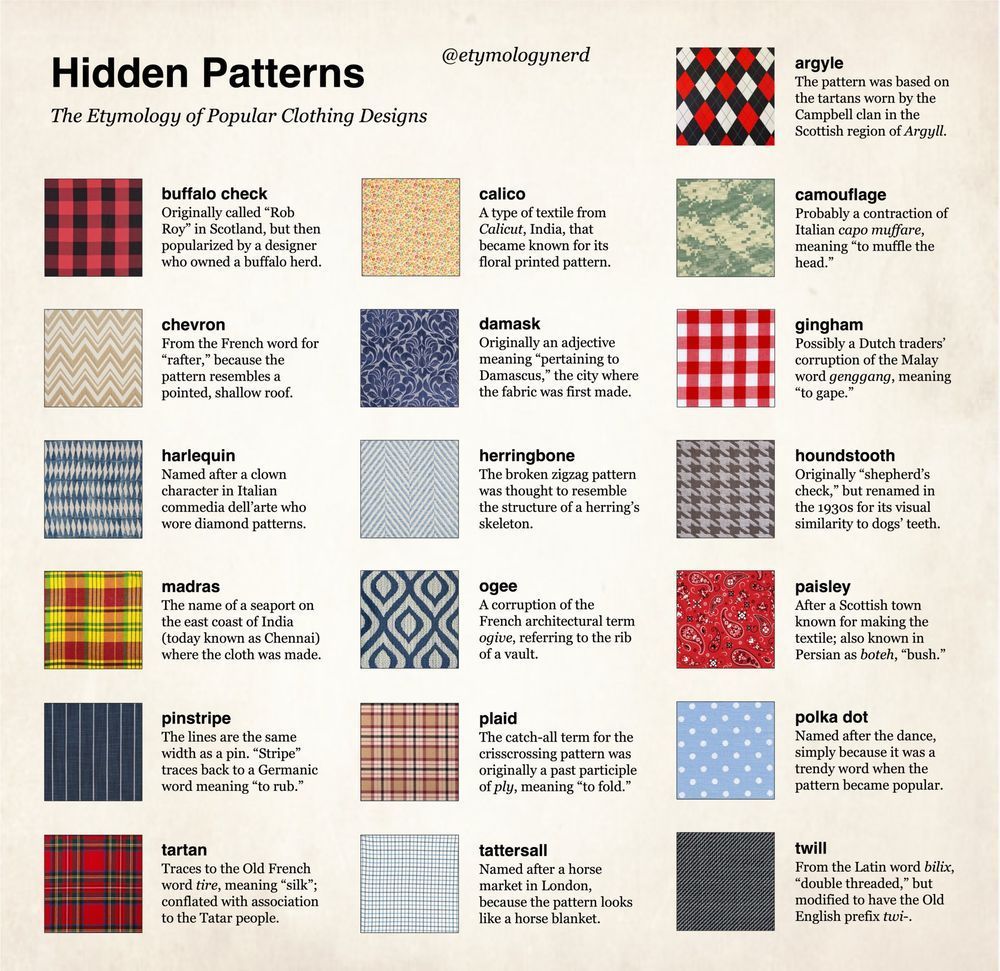

The entire NBA Cup knockout stage is available on Amazon Prime.

The entire NBA Cup knockout stage is available on Amazon Prime.
A fourth loss in a row and fourth game without scoring a goal. It’s their first four game losing streak since 2019.
If they lose the final game of 2025, it would be the first 5 game streak since 2005.
A fourth loss in a row and fourth game without scoring a goal. It’s their first four game losing streak since 2019.
If they lose the final game of 2025, it would be the first 5 game streak since 2005.

Including, I'm sure, versions informed by Derrida, Foucault and Judith Butler.
i mean it's well establishes that Santa is a performative construct, right?
1. The narrator’s mother and father are participating in Santa cosplay kink (family friendly)
2. Mama is cheating w a philanderer disguised as Santa (unclear if she knows)
3. Mama is hooking up w the ACTUAL Santa (moral gray area)
Including, I'm sure, versions informed by Derrida, Foucault and Judith Butler.
i mean it's well establishes that Santa is a performative construct, right?
It'll be good to get a bunch of runs in, get better at docking at Wards, and demonstrate again that I'm capable of running the boat
It'll be good to get a bunch of runs in, get better at docking at Wards, and demonstrate again that I'm capable of running the boat
Full statement from NU below:
A beloved cooking icon in Canada, his cooking show was syndicated to over 100 countries. His message was one of simple cooking and connecting with others over food.
This is his story.
📸 Alex Waterhouse-Hayward
🧵 1/10

A beloved cooking icon in Canada, his cooking show was syndicated to over 100 countries. His message was one of simple cooking and connecting with others over food.
This is his story.
📸 Alex Waterhouse-Hayward
🧵 1/10
Educational administrators have failed students and faculty by normalizing ecocide-plagiarism-psychosis machines.
Pushing back:
1/
Educational administrators have failed students and faculty by normalizing ecocide-plagiarism-psychosis machines.
Pushing back:
1/
"That explanation has prompted frustration among some members of Congress who say they believe the Pentagon was deceptive."

"That explanation has prompted frustration among some members of Congress who say they believe the Pentagon was deceptive."








“I’ve never heard of anything like that in my 30 years working,” an ex-DHS official said.


